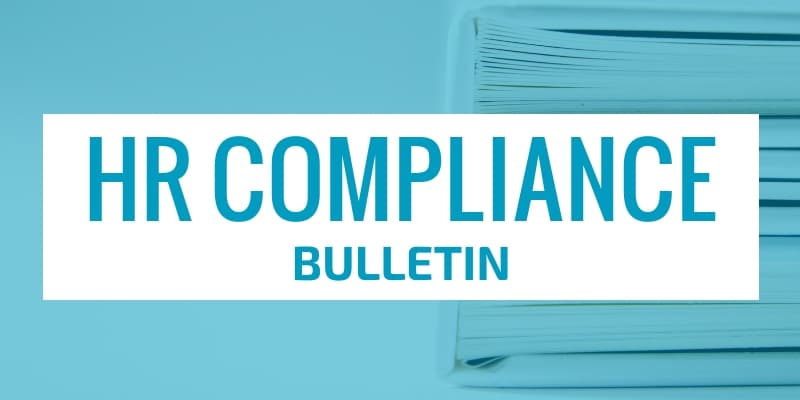02 Apr New California COVID-19 Leave Law Is Retroactive to Jan. 1
[wpseo_breadcrumb]
The leave requirement takes effect March 29, 2021, but is retroactive to Jan. 1, 2021.
 Under a new law, California employers with more than 25 employees must provide up to 80 new hours of supplemental paid sick leave for specific COVID-19-related reasons.
Under a new law, California employers with more than 25 employees must provide up to 80 new hours of supplemental paid sick leave for specific COVID-19-related reasons. On Dec. 22, 2020, the U.S. Department of Labor (DOL) published a final rule to amend employee tip regulations under the Fair Labor Standards Act (FLSA).
On Dec. 22, 2020, the U.S. Department of Labor (DOL) published a final rule to amend employee tip regulations under the Fair Labor Standards Act (FLSA). The American Rescue Plan Act (ARPA), enacted March 11, 2021, includes changes to emergency paid sick leave and paid family leave under the Families First Coronavirus Response Act (FFCRA).
The American Rescue Plan Act (ARPA), enacted March 11, 2021, includes changes to emergency paid sick leave and paid family leave under the Families First Coronavirus Response Act (FFCRA). During the COVID-19 pandemic, hiring managers are struggling to get candidates in the door.
During the COVID-19 pandemic, hiring managers are struggling to get candidates in the door. Working remotely doesn’t always come naturally to employees, especially among those who are used to the accountability of in-person workplaces.
Working remotely doesn’t always come naturally to employees, especially among those who are used to the accountability of in-person workplaces.